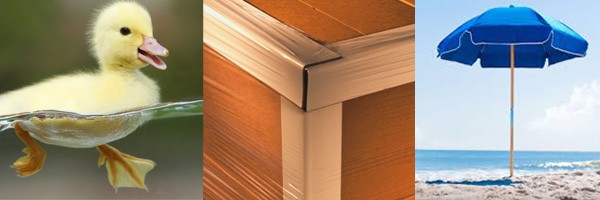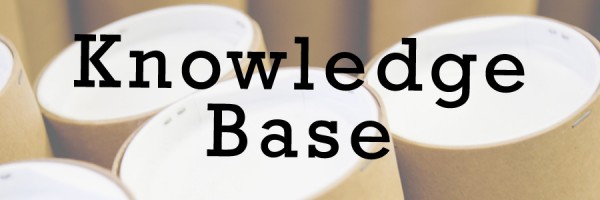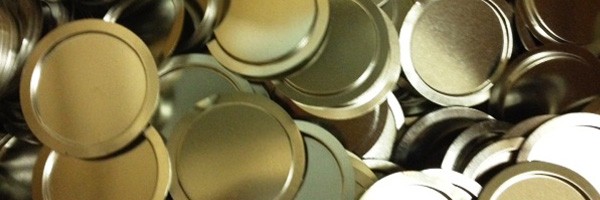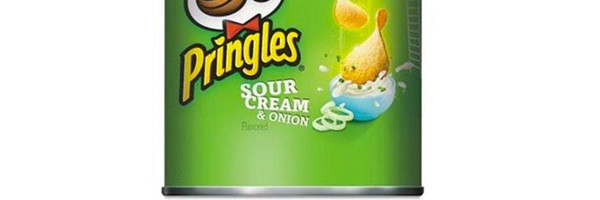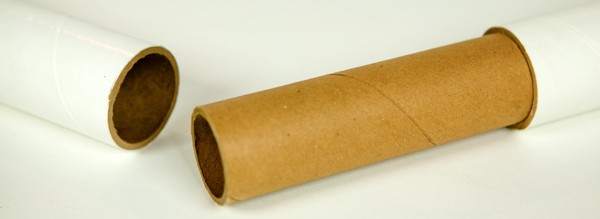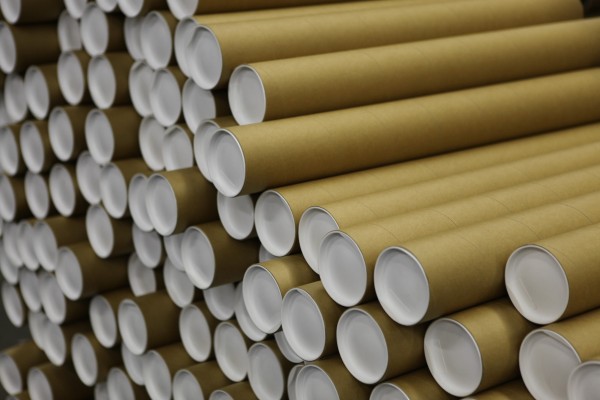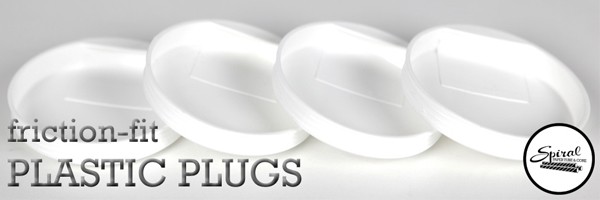
Some things are just meant to be together…
What would peanut butter be without jelly? Who would Batman be without Robin? How lonely would salt feel without pepper?
Paper tubes are no different. Without friction-fit plastic plugs, banners, posters and prints would simply slide right out of our mailing and shipping tubes. An end closure is needed, and there are a few different ways to secure the ends of paper tubes. White plastic plugs are the go-to option.
Friction-fit plastic plugs are made with virgin plastic.
This is important because plastic plugs made with virgin content are stronger and more durable than plugs made with recycled material. It also ensures a clean, white looking plug. White plastic plugs made with highly recycled content are easily noticed because they appear spotted and “dirty.”
Plastic plugs have 2 prominent features:
- pull tab
- ribbed-sides
The pull tab allows the plastic plug to be easily removed while the ribbed sides push against the paper tube’s inside walls and help keep it in place. These two features, and economical pricing, make it the most commonly used end closure.


